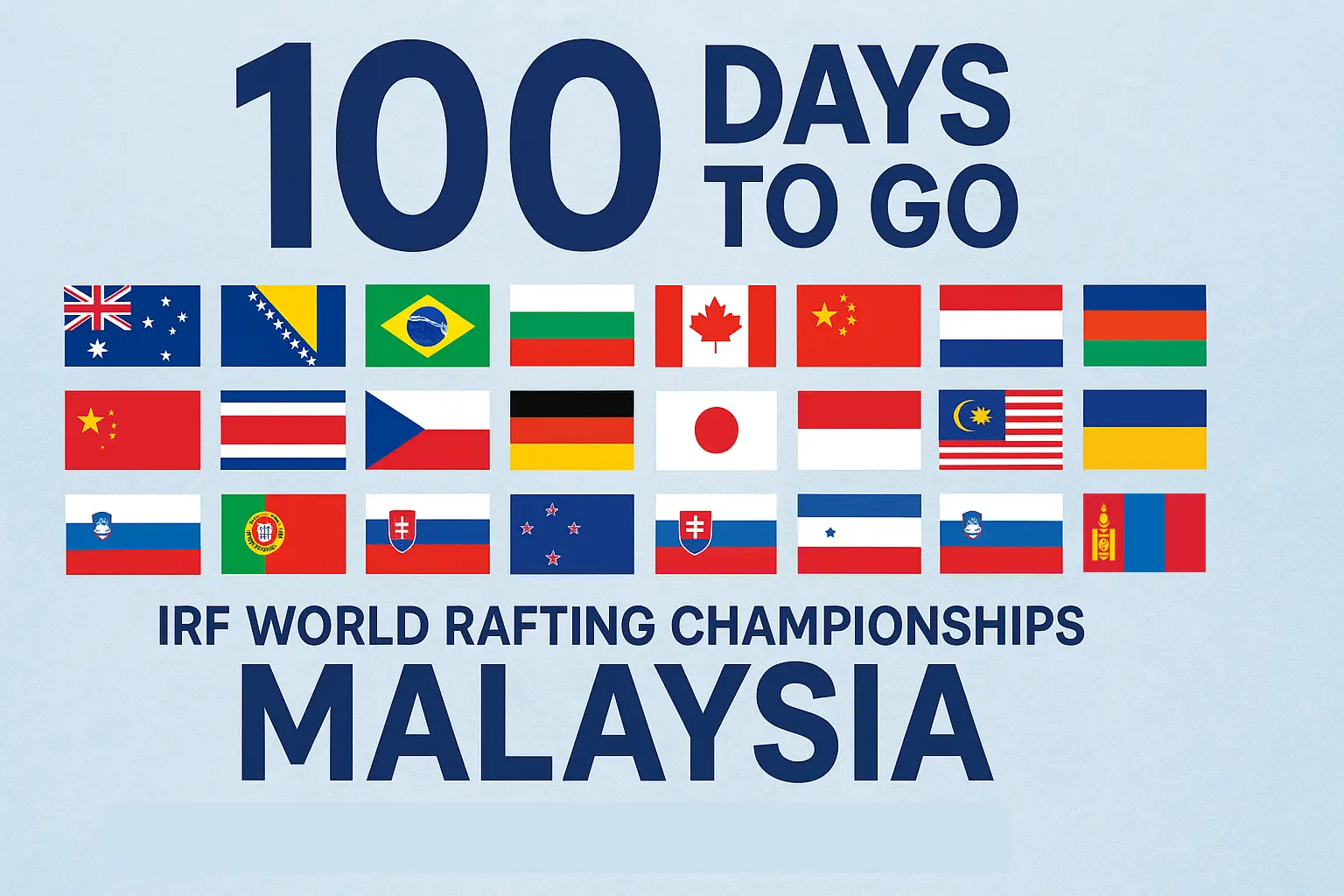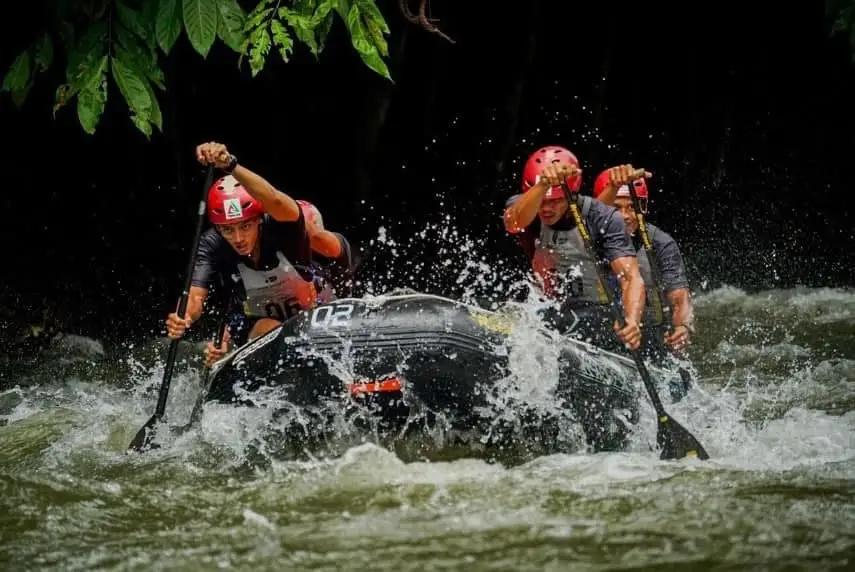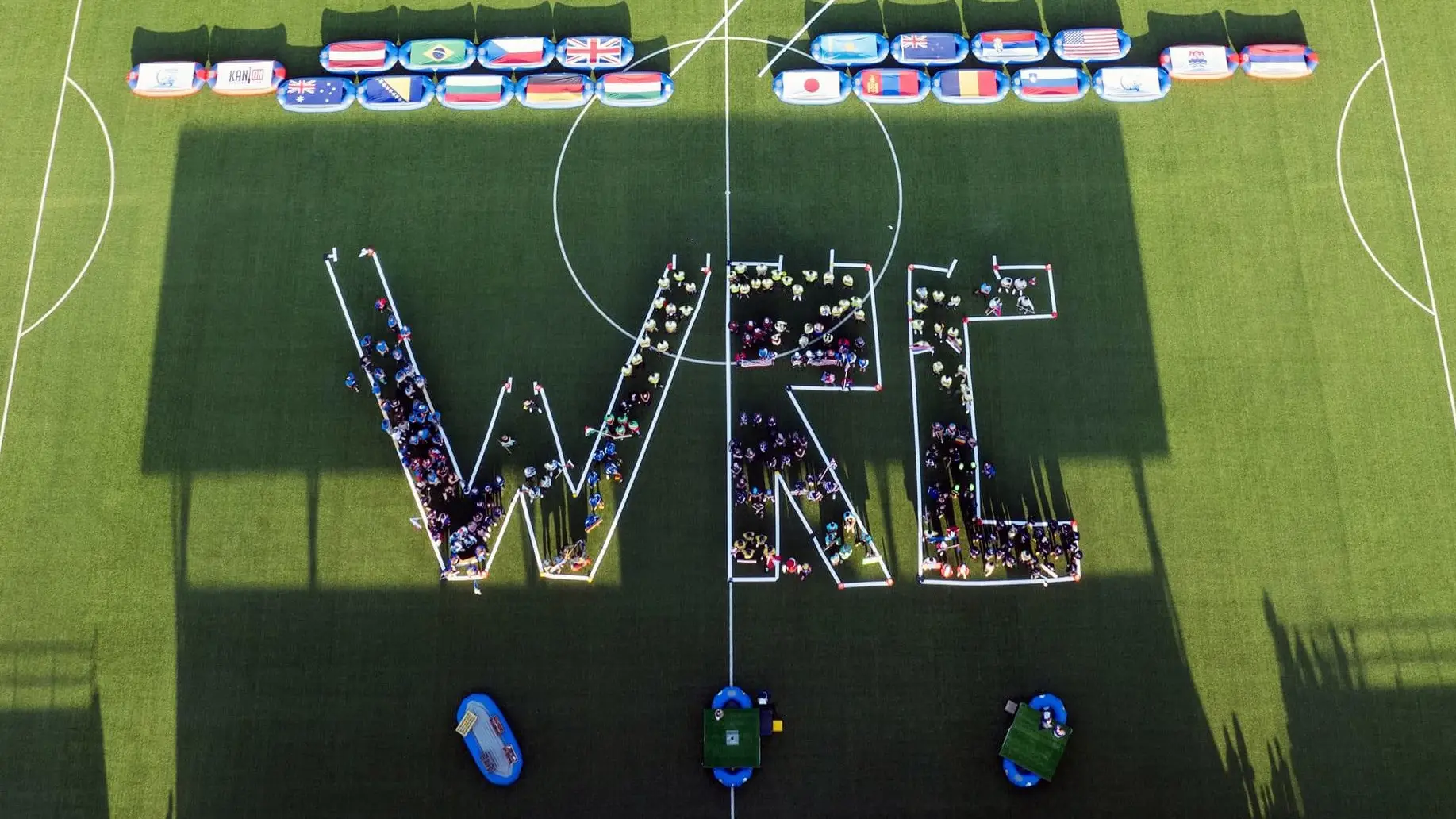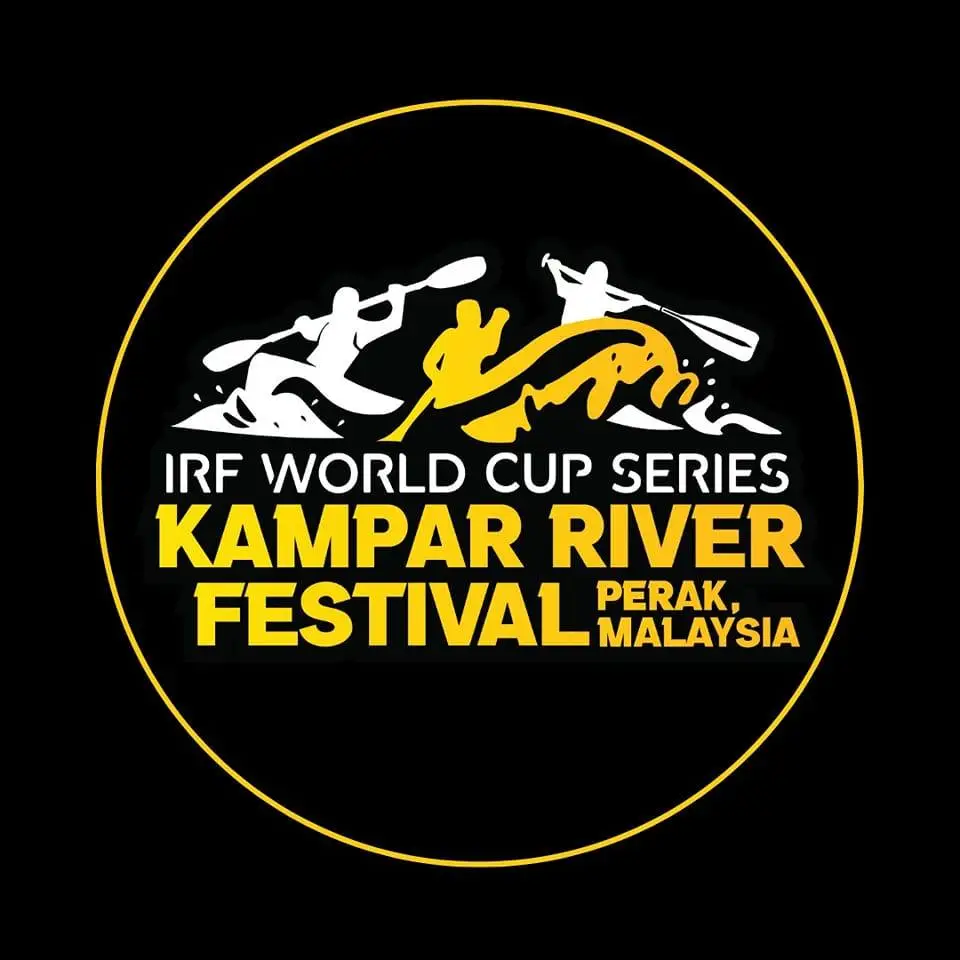 Georgy Nikitin, one of the participants of the first historical international rafting event – the World Championship on the Chuya River, shares some memories and highlights with us.
Georgy Nikitin, one of the participants of the first historical international rafting event – the World Championship on the Chuya River, shares some memories and highlights with us.
At the last Russian Rafting Federation (RRF) conference, Federation President, Aleksei Shirokov, reported that the rafting community restored historical justice in that Russia (more precisely, the USSR) was the ancestor of international rafting competitions. Many thanks to Jib Ellison of the USA, and of course, Mikhail Kolchevnikov and Anatoly Chernyshov of the USSR, who organised the first rafting World Championship on the Chuya River (Altai Republic) in 1989 under the banner of Project RAFT (Russians and Americans For Teamwork).
 World Championship on the Chuya River
World Championship on the Chuya River
Here Georgy Nikitin shares his thoughts about that first international rafting competition:
“Memories of those amazing times come back and still do not let go. I wanted to share it. Currently, I am probably the last athlete in Russia who has been paddling since the first international started and who still goes to all-Russian and international rafting competitions to this day.
In that 1989 year, as a member of the team of the Ryazan region, I became a silver medalist in the slalom race and a bronze in the team race (H2H). But my memories are fresh not about the sport part of the World Championship on the Chuya River, but the atmosphere of the incredible event that took place. For example, now we live in a free country, when, practically, everyone can get a passport and fly at least to another continent. But in the USSR of 1989, although there were already changes, the concensus refused to believe in these changes. And it’s not that we were somehow scared, closed or envious, no. We were simple and trusting Komsomol members who believed in friendship, love and the communist idea of equality. However, we can say in our team, 80% of athletes worked in secret factories of the military-industrial complex and had the appropriate access to secret (and some even top secret) documentation. In other Soviet teams it was about the same.
 And suddenly, we found ourselves in an international competition with teams from 14 countries from all over the world: USA, Great Britain, Germany, Italy, France, Canada, Nepal, Zimbabwe, Australia, New Zealand, Costa Rica, Czechoslovakia, India, Zambia, Poland, plus 15 teams from all around Russia. This was not just a World Cup, it was the opening of a new era of humanity. The holiday of a life time was accompanied by great humour. For example, just before the competition, snow fell and the athletes from African nations danced around the fire all night to the beat of drums because it was too cold to sleep and they were not ready for such a cold smile from Russia. The next day, the locals sold out of hats with earflaps, padded jackets and other warm clothes.
And suddenly, we found ourselves in an international competition with teams from 14 countries from all over the world: USA, Great Britain, Germany, Italy, France, Canada, Nepal, Zimbabwe, Australia, New Zealand, Costa Rica, Czechoslovakia, India, Zambia, Poland, plus 15 teams from all around Russia. This was not just a World Cup, it was the opening of a new era of humanity. The holiday of a life time was accompanied by great humour. For example, just before the competition, snow fell and the athletes from African nations danced around the fire all night to the beat of drums because it was too cold to sleep and they were not ready for such a cold smile from Russia. The next day, the locals sold out of hats with earflaps, padded jackets and other warm clothes.
 At that time, competitions on mountain rivers were held in slalom and downriver on the rafts with a hard shell (slalom boats), but there were competitions on rafts with a soft shell, which were considered an applied type of sports water tourism or simple WTT (water tourism technique). The rules of WTT formed the basis for the future of rafting.
At that time, competitions on mountain rivers were held in slalom and downriver on the rafts with a hard shell (slalom boats), but there were competitions on rafts with a soft shell, which were considered an applied type of sports water tourism or simple WTT (water tourism technique). The rules of WTT formed the basis for the future of rafting.
The development of rafting goes, as it should, in a spiral. This year, the first competitions were held in two-person rafts – R2. At the first World Championship on the Chuya there were not only two-seater, four-seater, six-seater rafts, but there was even a single catamaran with swing paddles. So raft manufacturers should look into history and perhaps create another class in rafting – a single raft. I’m sure there will be plenty of people who want to compete in these different crafts.
 And at the first competitions, it was not unusual to compete with the US women’s team (fittingly called the “Amazonkis”) which consisted of professional guides and performed on an equal footing with the other teams. In this day there are women’s and men’s crews, and competitions are held in mixed categories; but in those old days there were practically no women in our teams. There was only the mixed kayak-2, where a woman had to participate, so there were 2 to 3 women in the teams who could replace the injured men, but no more. And then our male chauvinism crashed with a thump against a cute, fun and very cheerful team in the WTT — the women’s team “Amazonkis” from the United States.
And at the first competitions, it was not unusual to compete with the US women’s team (fittingly called the “Amazonkis”) which consisted of professional guides and performed on an equal footing with the other teams. In this day there are women’s and men’s crews, and competitions are held in mixed categories; but in those old days there were practically no women in our teams. There was only the mixed kayak-2, where a woman had to participate, so there were 2 to 3 women in the teams who could replace the injured men, but no more. And then our male chauvinism crashed with a thump against a cute, fun and very cheerful team in the WTT — the women’s team “Amazonkis” from the United States.
This event was not really a competition, but rather an international holiday with sports stages. In addition to the traditional slalom distances, there were team races with elements of sport orientation; there were competitions in rescue work, in which teams from all classes of boats took part. In the evenings there were dances, jumping over a rotating bag, bonfires, songs in different languages of the world, a huge amount of alcohol (since it was quite cold).

These young people did not care about borders and the difference in political views. Ignorance of the language did not interfere with communication, and what could not be expressed in words could be read in the eyes or explained on the fingers.
Nowadays when we come to competitions, we communicate more like athletes who fight for seconds and results, but those days the result was not the main thing. Of course, we dreamed of winning and did not want to concede anything. So, after the rescue work, we went to Mikhail Kolchevnikov with complaints about the judging, to which he told us – “Moderate your ambitions, this is not a competition, WE ARE MAKING HISTORY.” We really made history!
Yes, it is thanks to us, our cordiality, our faith in the bright and good that the first rafting World Championship on the Chuya was held in such a way that it wanted to be repeated.
To repeat that unforgettable atmosphere of friendship and unity with the whole world. There was a continuation in the USA, Costa Rica and Turkey, there were glorious starts under the patronage of Camel. Now rafting has become an internationally recognized sport and, perhaps, in the very near future, it will become an Olympic sport.

And I would very much like to see the World Championship again on the banks of the Chuya River. Let them say that it is impossible to enter the same river twice, but you can hold hands and feel the warmth of friendship, the reliability of handshakes, the purity of thoughts. The fast waters of Chuya can perform a miracle and breathe a new beginning into our rafting. Each event start, first of all, should be a celebration of people, and out on the water the competition, but at any moment be ready to rush to rescue, to enjoy the vortex of a person, a feast of friends, who devote themselves to this beautiful and dangerous sport, where there is faith in a trusted friend’s shoulder. I believe that we will be able to arrange not an ordinary championship, but a real holiday for everyone who is not indifferent to water, nature and the world. I really hope for our Rafting Federation. Let’s make every effort to multiply what once began in our land of Russia!
 Long live the World Championship on the Chuya River!
Long live the World Championship on the Chuya River!
Thank you Georgy for shining a light back to those early days and onto the biggest reason why the World Rafting Championships are so loved by rafters – to enjoy the unforgettable atmosphere of friendship and unity with the whole world!
#RaftersAreAwesome #internationalrafting #strongertogether #thisisrafting







